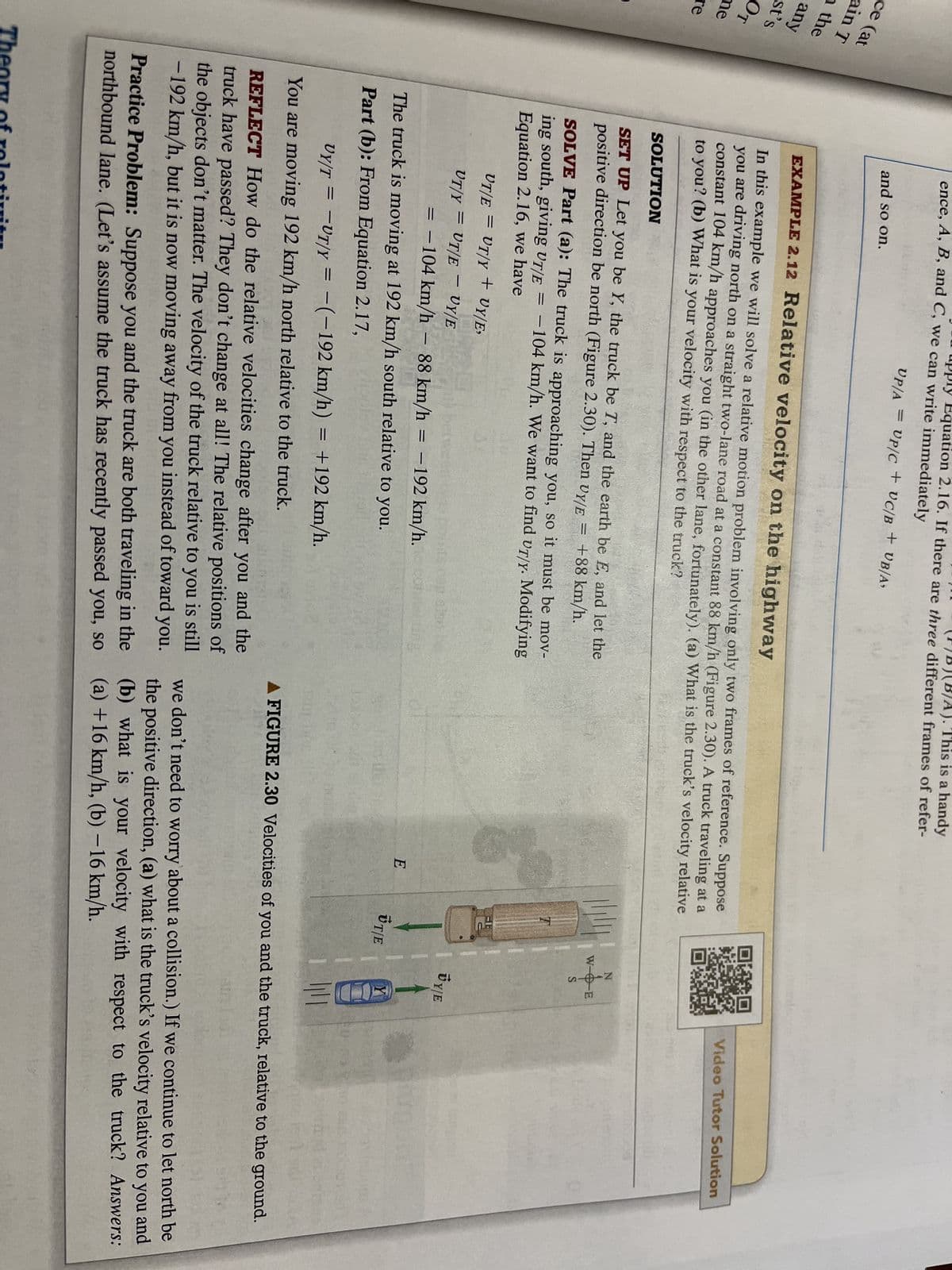-192 km/h, but it is now moving away from we don't need to worry you about (a) what the positive direction, Practice Problem: Suppose you and the truck are both traveling in the (b) what is your velocity northbound lane. (Let's assume the truck has recently passed you, so (a) +16 km/h, (b) -16 km/h. lative to you is sun toward you. instead of a collision.) If we continue to let north be is the truck's relative to you and velocity with respect to the truck? Answers:
Displacement, Velocity and Acceleration
In classical mechanics, kinematics deals with the motion of a particle. It deals only with the position, velocity, acceleration, and displacement of a particle. It has no concern about the source of motion.
Linear Displacement
The term "displacement" refers to when something shifts away from its original "location," and "linear" refers to a straight line. As a result, “Linear Displacement” can be described as the movement of an object in a straight line along a single axis, for example, from side to side or up and down. Non-contact sensors such as LVDTs and other linear location sensors can calculate linear displacement. Non-contact sensors such as LVDTs and other linear location sensors can calculate linear displacement. Linear displacement is usually measured in millimeters or inches and may be positive or negative.

Step by step
Solved in 2 steps with 2 images


